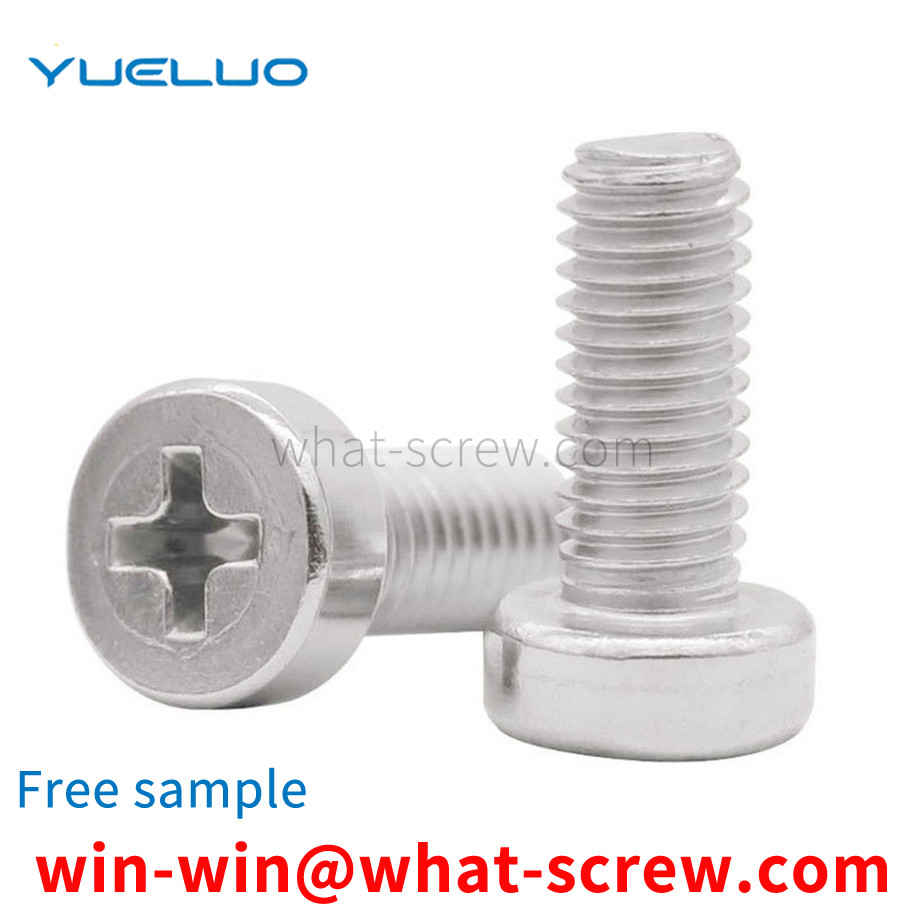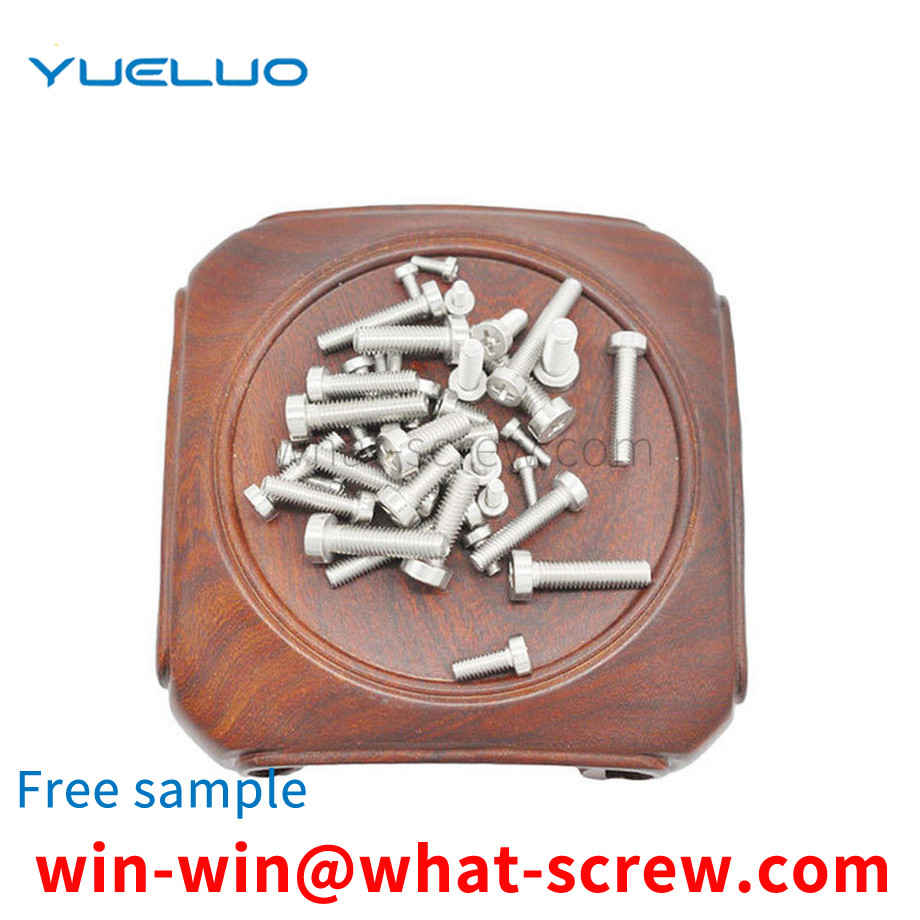Other names of lock nut: root nut, locknut, nut. Purpose: To lock the outer joint of the through wire or other pipe fittings. The working principle of the nut is to use the friction between the nut and the bolt for self-locking. However, the reliability of this self-locking is reduced under dynamic loads. In some important occasions, we will take some anti-loosening measures to ensure the reliability of the nut locking. Among them, the use of lock nuts is one of the anti-loosening measures. There are also three types of lock nuts: The first is to use two identical nuts to screw on the same bolt, and add a tightening torque between the two nuts to make the bolt connection reliable. The second is a special anti-loosening nut, which needs to be used together with a kind of anti-loosening washer. The special lock nut is not a hexagonal nut, but a medium round nut. There are 3, 4, 6 or 8 notches on the circumference of the nut (depending on the size of the nut and the product series of the manufacturer). Several notches are both the focal point of the tightening tool and the snap-in of the lock washer bayonet. The third type is to drill through threaded holes from the outer surface of the nut to the inner thread surface (usually 2, which are distributed at 90 on the outer surface), which are used to screw in small-diameter countersunk head screws. The purpose is to give the thread Apply a centripetal force to prevent the locknut from loosening. The better quality lock nut sold on the market is inlaid with a small copper block that is consistent with the thread of the lock nut on the inner surface of the nut to prevent the radial jacking screw from directly contacting the locked thread and damaging the latter. . This kind of lock nut is gradually applied in the shaft end locking of rotating motion parts, such as the anti-looseness of the bearing at the mounting end of the ball screw. The second anti-loosening method is more reliable than the first, but the structure is relatively complex. Compared with the first two, the third clock has the characteristics of better anti-loosening effect, simpler and more beautiful structure and smaller axial size.
The retaining ring is divided into two types: shaft use and hole use. Its structural characteristics: The shaft retaining ring is a kind of retaining ring installed on the shaft groove, which is used for positioning and fixing of shaft end parts, and can withstand severe vibration and shock loads, but It is necessary to take anti-loosening measures and installation positioning; the hole is installed in the circular hole with an elastic retaining ring, which is used for the axial movement of the fixed parts. The outer diameter of this retaining ring is slightly larger than the diameter of the assembly circular hole.
Flat washers are usually thin pieces of various shapes used to reduce friction, prevent leakage, isolate, prevent loosening, or distribute pressure. Such components are found in many materials and structures to perform a variety of similar functions. Restricted by the material and process of threaded fasteners, the bearing surface of fasteners such as bolts is not large, so in order to reduce the compressive stress of the bearing surface and protect the surface of the connected parts, washers are used. In order to prevent the loosening of the connection pair, anti-loose spring washers, multi-tooth lock washers, round nut stop washers and saddle, wave and conical elastic washers are used.
At present, due to the installation position determined in the design process of the traditional thrust cylinder in China, the corresponding position of the piston rod and the clamping arm is fixed, and it is impossible to ensure that the workpiece can be clamped while the workpiece is thin. It is not conducive to the use of such products when clamping. Secondly, when the workpiece is assembled or welded, it not only needs to be tightened in a certain direction, but also needs to be positioned, so as to ensure the accuracy required for processing. When a workpiece is fixed in this way, it must be realized by adding a mechanism, which will increase the complexity of the system and bring inconvenience to installation and maintenance.
Standards are norms, and each country and sector has its own standards. GB—Chinese National Standard (National Standard) ANSI—American National Standard (American Standard) DIN—German National Standard (German Standard) ASME—American Society of Mechanical Engineers Standard JIS—Japanese National Standard (Japanese Standard) BSW—British National Standard GB—National Standard The standard is one of the many standards in my country, and there are also industry standards, professional standards and department standards. National standards are divided into: GB (mandatory standards) and GB/T (recommended standards) and GBn (national internal standards) and so on. We usually see GB30, GB5783, etc. are mandatory standards. In addition to some basic dimensions such as head-to-side, head thickness, etc., the above standards are mainly different in the threaded part. The threads of GB, DIN, JIS, etc. are all in MM (millimeters), which are collectively referred to as metric threads. Another thread like ANSI, ASME, etc. is called American standard thread in inches. In addition to metric threads and American threads, there is also a BSW-imperial standard, whose threads are also in inches, commonly known as Wyeth threads. In the usual domestic sales business, the most common standards we encounter are GB (National Standard) and DIN (German Standard). In terms of production products, the following standards are mainly encountered: GB30; GB5783; GB5782; GB52; GB6170; GB818; GB819; GB845; GB846; GB70; DIN912; DIN933; DIN931 and so on. GB30 (old national standard) has been replaced by GB5783 (new national standard) in the standard book. GB52 (old national standard) has been replaced by GB6170 (new national standard) in the standard book.
We have many years of experience in the production and sales of screws, nuts, flat washers, etc. The main products are: ultra-thick small edge flat washers, plastic hexagon nuts, cap nuts, ANSI hexagon flange nuts, handle nuts, bolts and other products, we can provide you with The right fastener solution for you.



















 Service Hotline
Service Hotline




